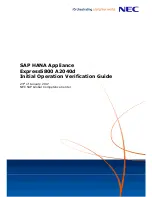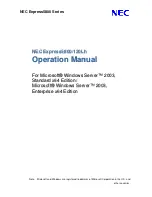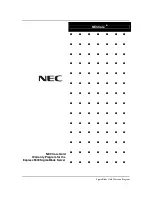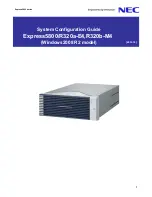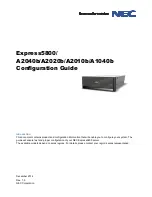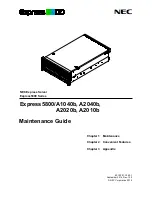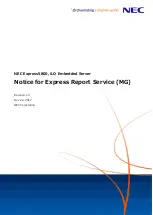Summary of Contents for External OEMR R210II
Page 9: ...Contents 9 Index 121 ...
Page 10: ...10 Contents ...
Page 24: ...24 About Your System ...
Page 46: ...46 Using the System Setup Program and Boot Manager ...
Page 120: ...120 Getting Help ...
Page 125: ...Index 125 W warning messages 22 wet system troubleshooting 100 ...
Page 126: ...Index 126 ...


















